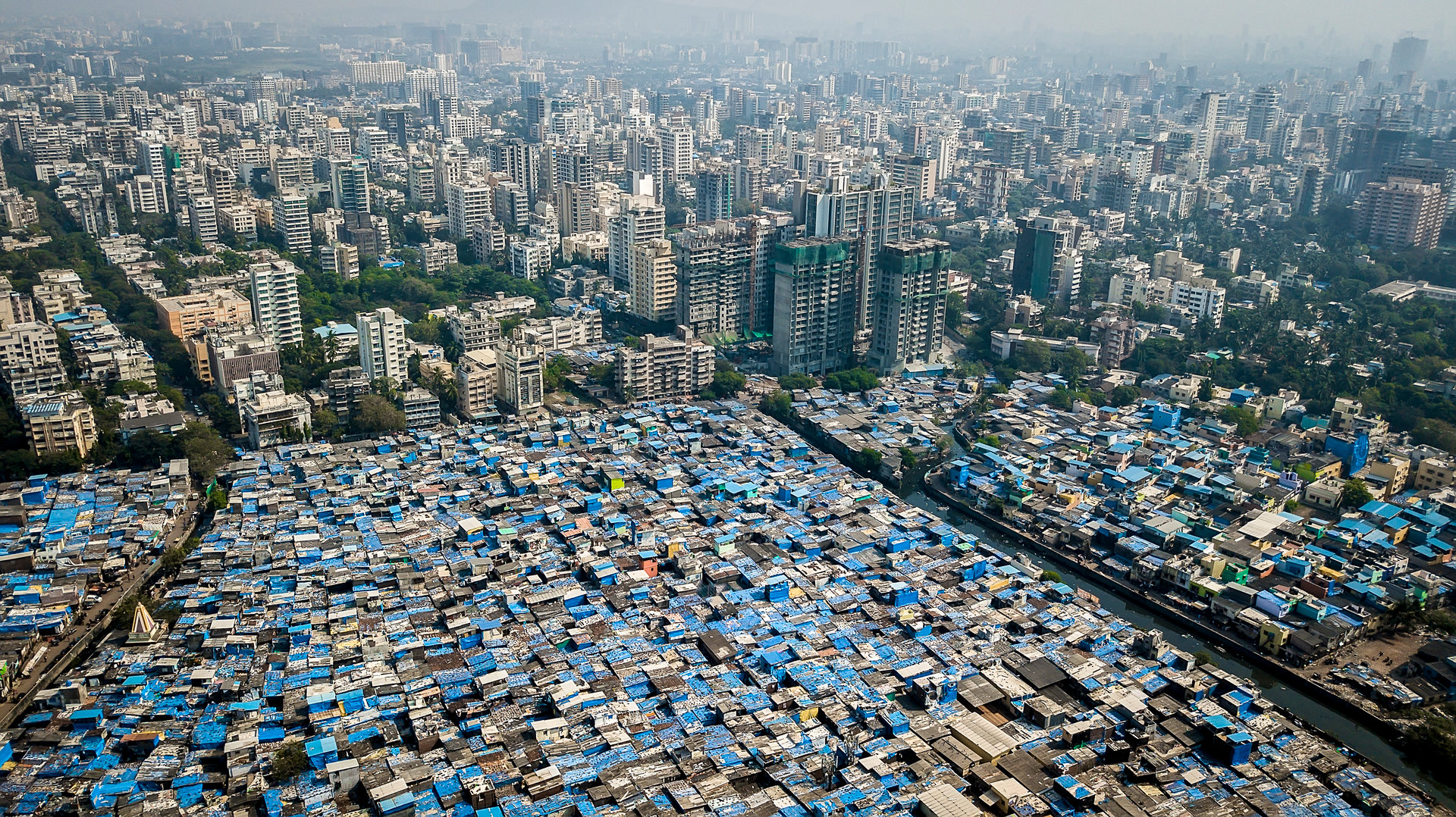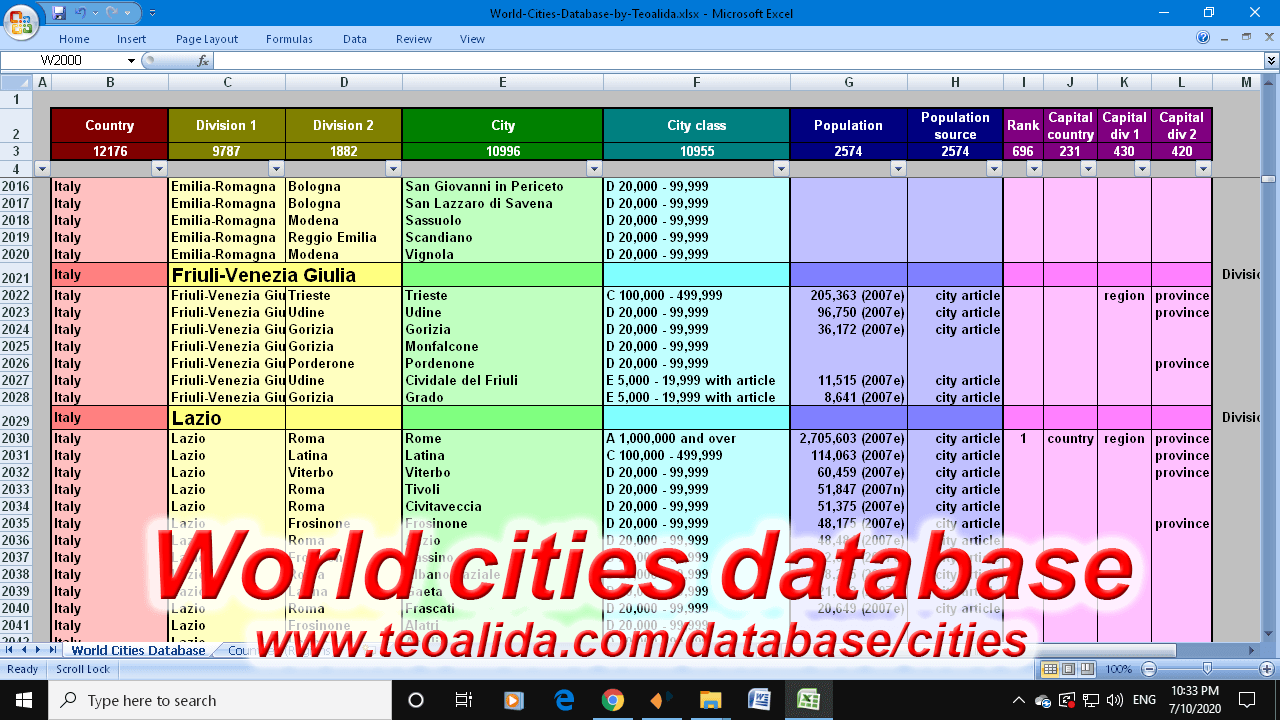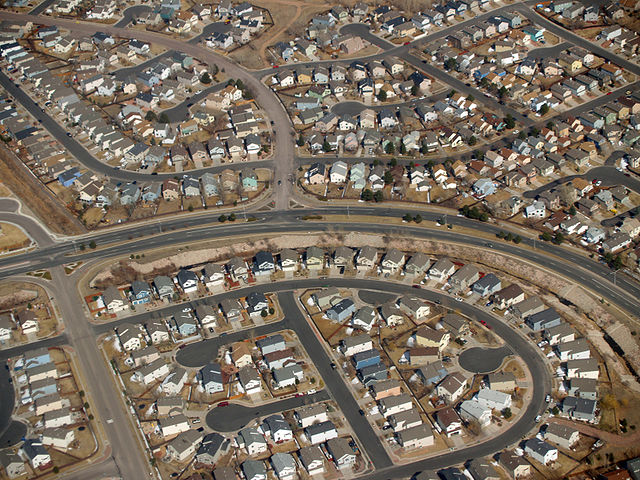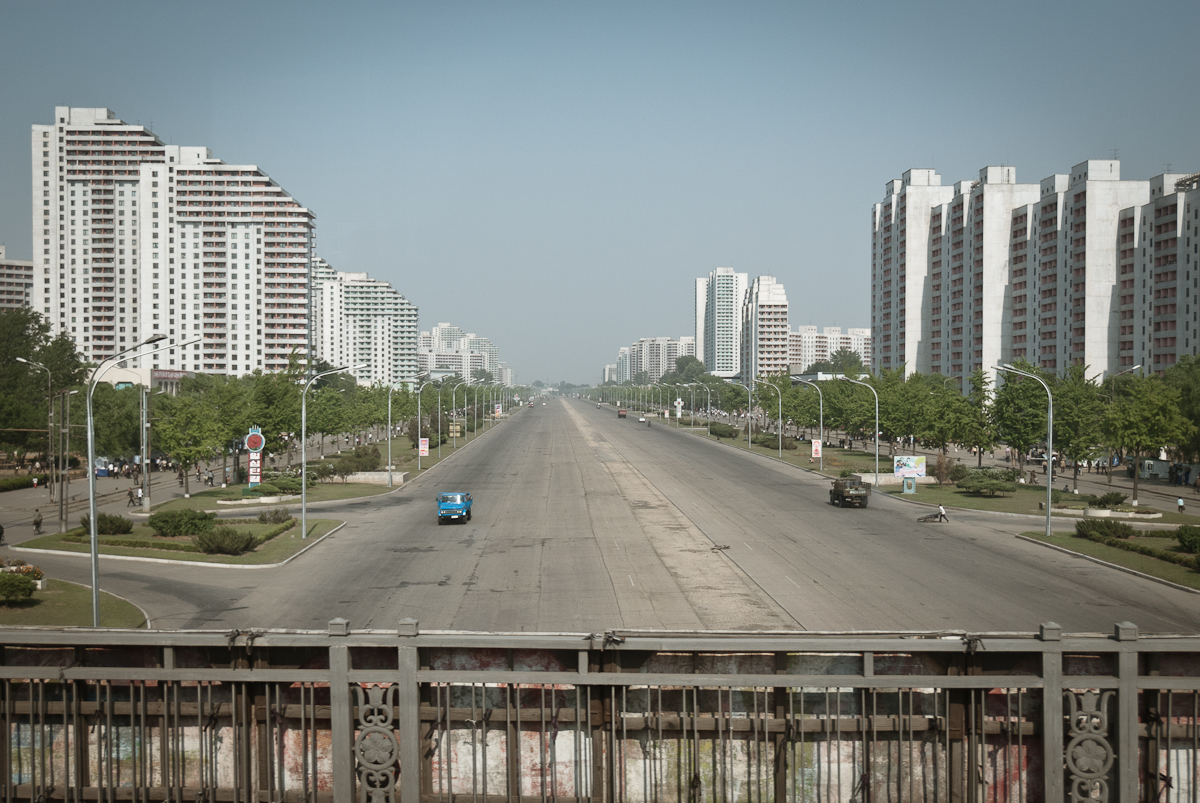India is in attention for whole world, because it will be the most populous country in the world, surpassing China somewhere in 2022-2024, and an important hub for IT industry… but is this country a good place to live or to do business with?
Chapters: Indian architecture – my study of Indian housing – outsourcing to India – about
The Two India reality… obscene wealth & grinding poverty
Point mouse cursor on photos to see place name

India was one of the wealthiest countries in the world in the 18th century. It was colonized by British and there is much debate whenever this did more good or bad. British Indian Empire split up in 1947 into 5 independent countries: India, Pakistan, Bhutan, Nepal, Sikkim.
India adopted a centrally-planned economy model similar with Soviet Union, discouraging foreign investors and locals too to setup new businesses, to protect existing businesses from competition. No competition made businesses to not need to innovate, thus the Indian economy stagnated while rest of world were evolving rapidly, making India one of the poorest countries in the world in 1960s.
Like many third-world countries, India economy experience massive growth since 2000s thanks to the age of internet, but while China underwent massive development in housing, road and rail infrastructure, India did very little. In China 50% of population live in cities (2010 census) in modern apartments, in India 31% of population live in cities (2011 census) with lots of slums.
Income inequality doubled last 20 years, but surprisingly it is still more equality than in United States. Only few areas undergo rapid development and many luxury real estate developments been launched. There is major deficit of good housing affordable for working class. If you leave Delhi metropolitan area, you will see the real India… non-paved roads, decayed railways, slums everywhere, widespread poverty, people begging and thieves, stray dogs, cows and pigs wandering around streets, etc. Population with access to electricity rose from 43% in 2000 to 86% in 2016 (source: bloomberg.com), running water and sewage is almost non-existent in rural areas.
This is comparable with Philippines and other south-east Asian countries, but poorer in terms of GDP per capita, corrupt government (especially in Pakistan), high crime rate and even more poverty (especially in India). Tourists are advised to be cautious where they go in India.
Indian middle class feel offended if I am saying that India is a poor country, they ignore and discriminate those living in poverty even if this is the truth. If you are born in a poor community, you have little chances to get good jobs and risk remaining poor for whole life.
Indian people love to bargain, negotiating prices to pay as little they can for any service, even free if possible. Indian businesses battle to offer lowest prices possible, making India one of the cheapest places to live and world leading in IT outsourcing. However this battle come with a downside: unskilled workforce and low quality services.
Most people who contacted me for architecture services say “We are poor… can’t afford your prices“, but occasionally I get also messages “hey, don’t call India poor, we are fast developing country“, especially from people in IT industry.
What really makes India bad to live in, is the lack of human rights, crime against women (violence, rape, forced marriages, etc), outdated infrastructure, chaotic traffic due to easy driving tests, overcrowded trains, etc.
Surprisingly, the Indians which I met during running this website, told me that are proud to live in India, or that they have a great culture (unlike people from Philippines who most hate their country). Maybe the crimes are part of their great culture so this is why Indians are proud of their country? Maybe they do not travel out of country to see how a proper world looks like (as comparison, 10% of Philippines population is working overseas).
Indian architecture
Mumbai is the biggest city in India, home for 12 million people (administrative area), a city of contrasts featuring a very rich area in the south but also Dharavi, largest slum in the world. Construction of high-rise condominiums boomed in 2008. 61-floor The Imperial is the tallest building in India since 2010, 117-floor World One was scheduled to be completed in 2016, but as 2019 is still under construction. According Skyscrapers Database, out of 342 buildings over 100 meters in India, 260 are located in Mumbai (as January 2016, including under construction and planned buildings).
Antilia is the most expensive residence in the world, valued at over $2 billion, is owned by Mukesh Ambani and is located in South Mumbai… in the same neighborhood with the slums shown the photo at top of this article. 27-storey, 173 meters tall skyscraper, was 4th tallest building in India at the time of completion in 2010, is considered to be the tallest single-family house in the world, but others disqualify the Antilia because it includes space for a staff of 600. Antilia is also a subject to mockery, called the ugliest skyscraper in the world, or an example of rich Indians’ lack of empathy for the poor.
Mumbai contrasts: Dharavi slum vs Antilia single-family skyscraper

New Delhi, the capital of India, feature most beautiful architecture and highest standards of living, having many bungalows and no slums, but this paradise is just for 250,000 people. It is next to Delhi, a crowded city with 11 million people. Among Delhi suburbs there is, Noida, one of the best cities to live in India, thanks to numerous IT companies who made headquarters there, making this city some kind of Silicon Valley of India.
Chandigarh, a medium city with 1 million people, is one of best cities to live and most beautiful city in India when viewed from satellite photos, a master planned city since 1960s with wide avenues in a grid layout, it feature large housing plots that attract affluent people. Other planned cities include Durgarpur, Gurgaon, Navi Mumbai, New Delhi, Noida.
Other cities where significant part of population enjoy high standards of living, and good jobs can be easily found, are Bangalore, Chennai, Hyderabad, Kolkata, Pune. The list can continue, but the living conditions deteriorates once you look to smaller cities.
Despite of continuous migration to urban areas, 69% of India population of 1.2 billion people still live in rural areas (2011 census), where standards of living are much lower than in cities, running water and electricity scarce, and formal employment is almost non-existent.
According Times of India, average house size in India is 494 sq ft / 103 sq ft per person in rural areas and 504 sq ft / 117 sq ft per person in urban areas. “In fact, a majority of Indians have per capita space equivalent to or less than a 10 feet x 10 feet room for their living, sleeping, cooking, washing and toilet needs“. The space per person dropped over last decades due to rising population and low construction ratio.
New Delhi architecture, the BEST of India… but still too much concrete and gray. Plus an interesting-shaped block

Delhi crowded landscape vs Noida modern apartment complexes
Delhi slums built on railway track
India also experience a booming automotive industry, production increased from 800,000 in year 2000 to over 4 million in year 2012 (see automobile production – source: OICA). India currently produce some of the cheapest cars of the world. India is also known for having the easiest driving school test in the world, one of worst drivers, because any idiot can go on roads, but the roads… where they are? From satellite photos you can see that the few paved roads existing are already jammed even with the current low number of cars (41 cars per 1000 people as 2011, according Wikipedia), many intersections are uncontrolled and traffic accidents happen daily.
Train in Bangladesh during Eid festival, same happen in India during Hindu festival, in normal days trains are not so crowded but you may still see people surfing on rooftop.
My study of Indian housing
Housing in India is dominated by low-rise apartment buildings, houses with high land coverage (back-to-back terraced-like houses) and slums. Some houses are inner lots, access being via 1.5-meter wide passages under other houses, and ventilated only by small airwells). All them being mostly gray and ugly… Indian cities are ugly compared with cities of Malaysia, Thailand, Latin America, etc, even uglier than the cities of Philippines, a country with similar poverty level.
Most houses are being built over many years by multiple family generations, adding extra floors over time, with no architect and engineers. Multi-generation families, 10+ people sharing same house is common, each floor belonging to another branch of family, or even worse, each family branch having just one room.
India and surrounding countries are known for poor construction standards and lack of inspection from authorities. YouTube show numerous buildings collapsing… even without any earthquake. Rana Plaza in Bangladesh, 4-floor building designed for shops and offices, was turned into garment factory (including vibrating machinery) and another 4 floors were added illegally. It collapsed on 24 April 2013 killing 1134 people (about 2500 survivors were rescued). Park View Horizon, one of the few high-rise and luxurious buildings in Nepal, was advertised as “earthquake resistant towers” but suffered severe damage at the May 2015 earthquake (video), although it resisted from collapse to save the life of residents. I am confused: was it completed and occupied at the time of earthquake?
During my studies for architecture, I search apartment floor plans on Google Images, I frequently see results from India, and I am sick of them… India have the worst apartment floor plans in the world. Most common apartment type is 3 bedrooms plus separate living and dining, but the floor plan layout lacks any logic, bedrooms are spread over corners of apartment, some rooms have view to outside, other rooms have view to a courtyard sized like 2×3 meters. If this was not bad enough, identical apartment layouts are repeated in same direction instead of mirroring as would be normal. This make some rooms to have view into neighbor rooms, to blank walls, etc. There are apartments with NO view at all, all rooms facing to courtyards (I have showed few Indian floorplans to several friends, architects and students from around the world, and most of them commented “what kind of idiot architect have designed this!!??”)
In 2014 (after 2 years since originally writing this page) I found the explanation for Indian apartment layout stupidity. There is a superstition called Vastu shastra that suggest position of each room by geographical orientation. If in the rest of world we prefer having living room at front (facing street) and kitchen at rear, in India people prefer to have kitchen in the south-east corner of home, living room in the north side, even if it will have view to a blank wall, etc, regardless of surroundings.
There are dozens of Vastu rules, sometimes various websites providing contradictory rules, that suggest everything starting from room layout to position of furniture inside each room, to garden around house. Probably no house can follow every rule, but following as many Vastu rules is possible give a premium valuation.
Even if not all indians are superstitious, real estate developers follow Vaastu rules to maximize apartment sales. To keep kitchen orientation to south-east, you can see in same block apartments with kitchen near entrance and other apartments with kitchen diagonally opposite from entrance.
6 billion people outside India never heard of Vaastu and are happy, half of India population of 1 billion people is superstitious and would not buy a house that do not follow Vaastu rules. Pretty stupid, isn’t?
The only GOOD thing about Indian apartments is their generous sizes for a third-world country with such high population density, being twice as big compared with apartments in Philippines, Brazil, and similar with European standards. But do note that these apartments are affordable for middle and upper class only. When the modern housing developments will reach the working class, the apartments are likely to be downsized.
Typical apartment size are 900-1100 sq ft for 2BHK and 1200-1600 sq ft for 3BHK (2-3 Bedrooms + Hall + Kitchen). 2-bedroom always have 2 toilets while 3-bedroom usually have 3 toilets (2 being attached to bedrooms), which is impressive considering that in other more developed countries such as Hong Kong and South Korea you can see some 3-bedroom with a single bathroom. 4-bedroom apartments are very rare and offered only in high-end condominiums, having 3000+ square feet. Minimum ceiling height in India is 9 feet / 2.70 meters according building code (in most countries ceiling is 2.40 – 2.60 meters).
Typical room size: living room 10×12 ft to 16×20 ft, dining room 10×12 to 12×14 ft, kitchen 7×10 to 10×12 ft, bedrooms 10×10 ft to 12×16 ft, bathrooms from 5×7 ft to 6×8 ft.
Most Indians live in landed houses, dense houses that cover whole plot, adjacent to neighbor houses on all 3 sides or even 4 sides, having no view to street, rooms being ventilated through small courtyards and access to house is made via a narrow alley, sometimes alley is covered by other houses. Except the few rich neighborhoods in major cities, most Indian cities looks like huge slums, very few roads visible from satellite photos.
Bungalow in India is synonym with detached house in America and Europe, same meaning like in Singapore and Malaysia, and owning a bungalow is seen like a status symbol.
Horrible examples found so far:
Lush country having balconies facing to wall at 1 meter apart.
Classic-Archana, 15 apartments per floor of which 2 in the middle with view to internal courtyard.
LVS Gardenia, WORST apartment layout I ever saw! 2 apartments in the middle, with NO view at all??!!
Ocean Skyline Bahria Town Karachi 24 floors, 11 apartments per floor, 9 of them 3-bedroom, of which 2 bedroom have no natural light, just 3 feet airwell for ventilation.
GR Signature, again apartments in the middle. Notice how every apartment have kitchen is in south-east corner and every living room in north side, regardless of view.
For the rich indians: Parsvnath Exotica offers 400-800 sqm apartments. This is NOT the biggest apartment in India, it is just one found accidentally.
Outsourcing to India? BEWARE!
There is a trend for various American and European companies to outsource to India their work, especially in IT, due to cheaper workforce. Many Indians are trying to join the outsourcing business without having skills and ethics, they charge low prices but offer very low quality works. My friends warned me to NOT hire Indian freelancers, I advised them to not stereotype, not all Indians offer bad services, but majority, and finding a good one is quite tricky. Do yourself a Google search “India outsourcing FAIL” and see why they are BAD!
Another problem is the SPAM from India. As website owner, even without being in webdesign field, I receive daily emails promoting Web Development & SEO services, 90% of them are originating from India, from those indians without skills. Webdesign companies from America and Europe are even more spammed with emails and phone calls from India. Moreover their so-called SEO services involve spamming other websites with backlinks in attempt to uprank your website in Google search results, which is against Google guidelines and sooner or later you will get caught and downranked or even banned from appearing in search results. Read more: SEO SPAM from India.
These Indians without skills spamming emails further damage reputation of India, legit and skilled Indian IT companies lose customers as well.
Indian customers waste our time without paying our services
Architecture is a difficult job to be done online, with many customers coming for free consultation and not interested in paying complete service, but Indian people are by far, the WORST customers, having NO RESPECT for architects and aggressively requesting custom house plans that they are not willing to pay for. This makes almost impossible to get a paying customer in India (also nearby countries, Pakistan, Bangladesh, etc).
Read more: BAD indian customers and GOOD indian customers
Top bad customers:
- 2014-04-02 – wasted me 1 hour then said “there is no condition for paying”.
- 2015-08-31 – I refused to do his project for 6 USD and he wanted to destroy my website.
- 2016-07-28 – wasted me 1 hour because could not explain project requirements clearly, then said that $200 is too high.
- 2017-12-16 – wasted my time and insulted me because I charge money for service.
- 2018-06-03 – contacting me for 3 days requesting aggressively to do his project for 14 USD even if I told him to go to someone else and not disturb me unless he can pay my standard fee of 100 USD.
And these are just selected examples, out of total few hundreds people who wasted time chatting requesting a service but never paid.
About
Page published for first time in 2012 and updated over next years with more information found by me or provided by visitors. Text written by me (Teoalida) and images taken from Wikipedia, Panoramio and other websites. Do you have useful information that worth adding? Did you found an error or have a contradictory opinion? Leave a comment!






Teoalida, you wrote is accurately! It’s a Bull’s eye article. I can attest it because I am an Indian who lived there until 2011 and visit urban and rural part of India quite often. Housing is as you described. Services are not a great quality too. There are two (housing and overall) worlds in India, one that educated middle and rich class sees and there is different world of poor. I have lived in both the worlds and very well know good and ugly part of it.
However, like every Indian, I am optimistic and proud of my country. Things are definitely changing and at a faster rate than Europe and America compared in same age. (do you know how USA was in year 1846, 70 year after independence).
Keep writing the truth, but pay attention to words you use!
(P.S. – The topic is “Housing in India” but why did you spend half page on “Outsourcing in India” 🙂 (btw, I am not denying the facts you mentioned there;) But article is derailed by your emotions and bad experiences.
Excellent Article. Thank you so much for sharing such a beautiful article. I hope you will share more Articles like this. once again Thank you!
strange review either you are racist or an idiot mother fucker(chinkis)thats most of Indian call to chinies (singapore base migrant)
EAST OR WEST INDIA IS THE BEST
your fat
UNO reverse card lily!!! 😛
It is so refreshing to read an honest view about your experience. This is a really sad state of affairs that we need to introspect on and change, because bad buildings are bad for everyone!!
Hey! I read your complete blog post on India and infact I felt you have been quite honest at it. I also read those bad customers. Trust me they weren’t real customers but some students trying to get some files getting readied for their college projects and that’s why they were offering less amount than deserved.
It feel really bad people tarnishing the image of my country. Alas! When will they really learn when we are actually turning into an economic behemoth.
I am not an architect or a designer, but i absolutely agree with you that India home plans have zero logic.
Whether this article about indian housing or indian society and religion, wasted my whole 5 to 4 minutes, and what is the problem with vastu shastra lol 😅
Who cares whether the kitchen is in east side or south side in the house. Every country have their own culture and ancient knowledge with them. If Indians want blah blah side their kitchen in house then what is your problem ? Not every country is same. Why wrote whole essay on India like traffic, accident, hindu festival etc are not you suppose to write about just housing and construction stuff.
Who tell you that people are happy in other country? In every country poor people suffer whether its first world country or third world country. You had great study on Indian housing, Indian architects are really stupid but not all. but I am not agree with you on Vastu shashtra topic you hav not study this area very well. In ancient india all house constructions are made on vastu shastra, they are very symmetrical and beautiful and they even take care of nature view, good air etc.
Just search on youtube ancient vastu shastra videos you will find dozens of good video how human was developed that time just because today India is not developed coutry does not mean old India was also underdevelop. People just forget their knowledge given by their ancestors. Lot of problems you mention in article is not problem of country but population and corruption that is happening in developing country like building collapse, poor roads etc
My interests are for all constructions including city development, infrastructure, and living conditions, although mostly interested in housing. See what I wrote about each country under https://www.teoalida.com/world
All articles are 100% written by me including parts based on writings from other blogs and forums + what I personally talked with local people. If you disagree with something you can copy-paste article in Word, make edits with different color and email it back to me, if what you wrote is correct I will edit my website accordingly.